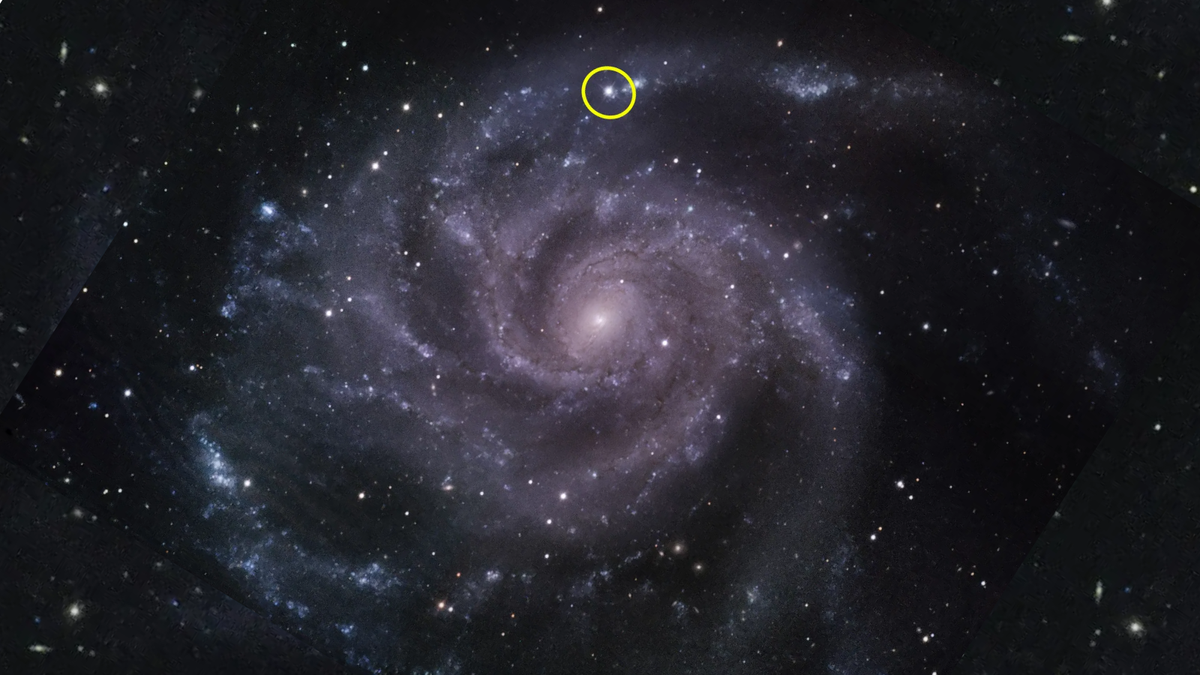SpaceX’s Latest Starship Test
SpaceX recently conducted a significant milestone in the development of their Starship vehicle, as a 165-foot-tall (50 meters) Starship upper stage underwent a full-duration “static fire” test at the company’s Starbase site in South Texas. This test involved igniting all six Raptor engines, showcasing the vehicle’s readiness for an upcoming test flight. The static fire test, where engines are ignited while the vehicle is stationary, is a crucial prelaunch procedure that allows engineers to assess the performance of the vehicle’s propulsion system.
Impressive Performance in Previous Tests
SpaceX is still analyzing data from the third Starship flight, which occurred on March 14. During this flight, the 400-foot-tall (122 m) megarocket, comprising the upper stage (Ship) and the Super Heavy first-stage booster, demonstrated impressive capabilities. Despite encountering challenges during the landing phase, such as a malfunction in the booster’s landing burn resulting in a breakup, both stages performed well during ascent burns and other critical maneuvers.
Ship, the upper stage, exhibited promising features such as successful payload door operations, marking significant milestones in the vehicle’s development. However, issues during reentry led to its disintegration before reaching the intended splashdown location in the Indian Ocean. Previous Starship test flights in April 2023 and November 2023 were also brief, highlighting the complexities involved in developing advanced spacefaring technology.
Future Plans for Starship Testing
Looking ahead, SpaceX aims to conduct six or more Starship test flights in the current year to accelerate the vehicle’s operational readiness. However, regulatory processes, particularly obtaining launch licenses from the U.S. Federal Aviation Administration, present additional challenges that the company must navigate. The FAA is actively investigating the events of Starship’s third flight, emphasizing the importance of stringent safety protocols in advancing space exploration initiatives.
Image/Photo credit: source url





